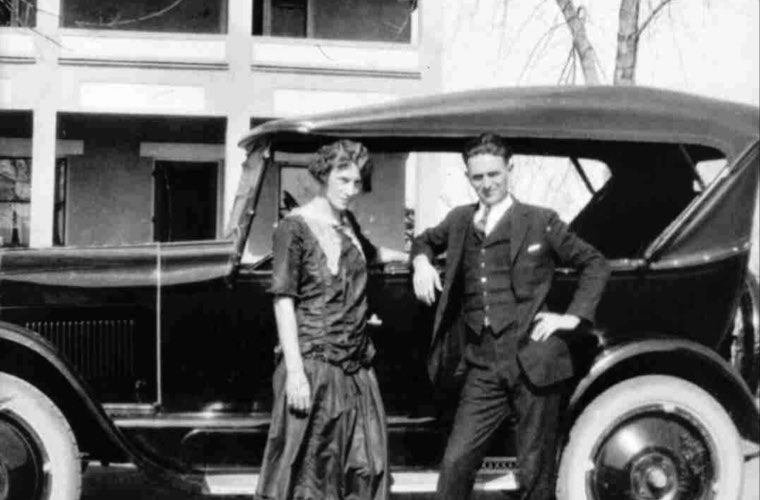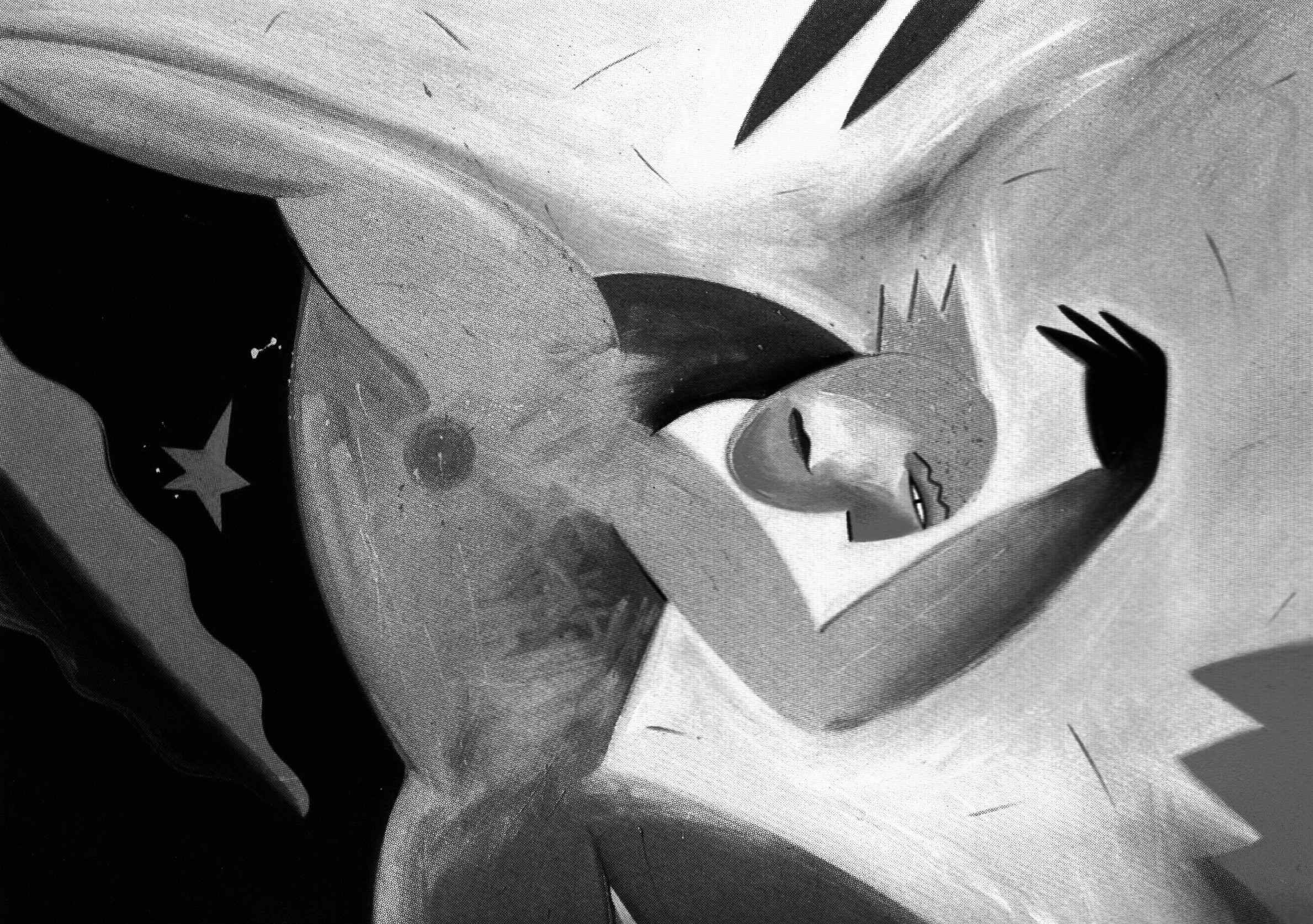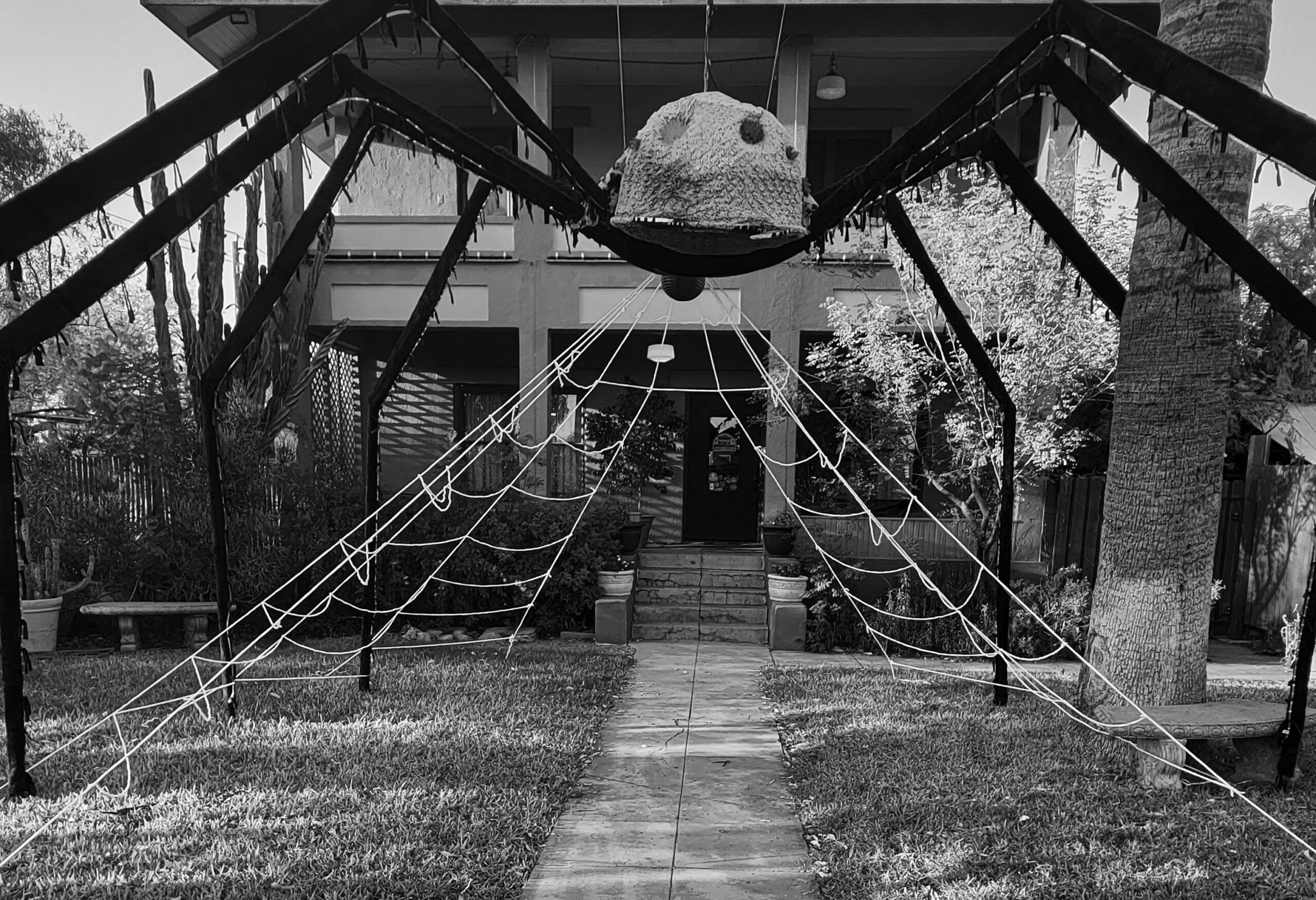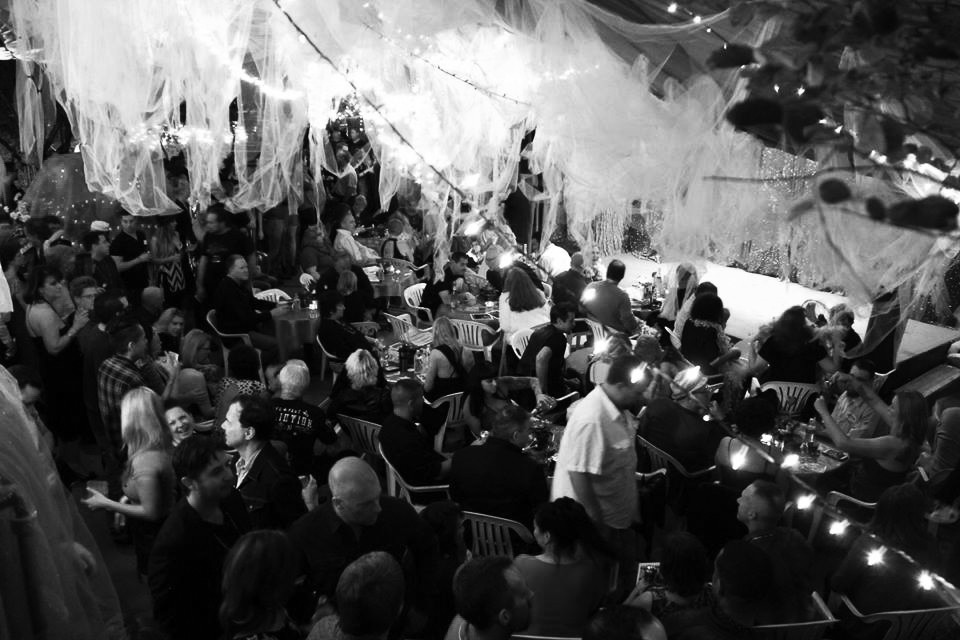Our History

History of the House
Built in 1912 by German immigrant John Sedler, the house occupies the northeast corner of 12th Street & Roosevelt. The original property consisted of what is now bounded by 12th to 13th Street and Roosevelt to Diamond Streets. John Sedler owned Owl Drug Store and Saloon in downtown Phoenix, 1912 advertisements for the store in the Arizona Republican bragged “free motorcycle delivery.”
Architecturally and historically, Alwun House is significant by its age and massive proud manor. The house draws directly from the “Bungalow Style” while using detailing more common to Colonial or Mission, blending into a Territorial vernacular developed in this region. This blend of styles and its exceptional size relative to the “Bungalow Style” (typically one story) makes the building architecturally significant. The house originally used a solar hot water system on the roof. The Sedler’s resided there until 1948, when Earl Brown and his family made it their home.


The Vision
In 1971, Alwun House founders purchased the dilapidated property and began their rehab & retrofit efforts. Alwun House earned immediate recognition for their efforts by winning “Environmental Improvement Awards” from Mayor Margret Hance in 1972. On February 9, 2005, the City of Phoenix placed the Sedler House on its list of registered historic properties for its individual significance.
Founder Kim Moody had a vision to create one place where artists of all media, come together to explore and refine new works. By serendipitous opportunity in 1971, they acquired the historic Sedler House in partnership with Laurence Vanderbeek, a perfect homestead to grow this vision.
The first Alwun House event was a “Ground Breaker,” everyone was invited to help haul out buckets of dirt as construction began. starting the renovations. The Alwun House gaggle of artists began creating cutting edge multi-media theatre productions, they set precedent for surprising their audiences. The central floor became an art gallery, the basement hosted multi-media theatre notable productions such as “Games I’ve Played While Waiting for the Messiah.” A more practical “Food for Thought,” demonstrated the benefits of growing your own food, with the cyclic slogan; “dig it, plant it, grow it, eat it.” The first 10 years Alwun renovated the house facility and landscaped gardens, creating lush, treed overgrowth with koi ponds, and a small stage. In 1972 Alwun House received its first award, “Environmental Quality Improvement” presented by Mayor Margaret Hance.


During Alwun House’s second decade, multiple cultural productions grabbed media attention; none more than Caribbean Carnival’s festival of ethnic music, dance, costume, and food. Alwun House was first to showcase reggae with emerging world beat music at its original “Caribbean Carnival” productions. Birthed at the House, crowds quickly overwhelmed the space mandating larger more innovative locations. Carnival #5 opened seven stories up on top of Valley National Bank’s parking garage, a rousing success. Now a city co-sponsored festival, Mayor Terry Goddard stated: “I can feel the heartbeat of the City.”
In the following decades Alwun House grew as the first nonprofit alternative/contemporary art gallery in downtown Phoenix. Alwun House curates several art exhibits that have become mainstays of the Phoenix community, from “Salon des Enfants,” an annual youth art show in partnership with Phoenix Elementary School District #1. This show of vibrant, hopeful, and promising downtown youth features 300 pieces made by students in the 5th through 8th grades. We also feature student bands, choir, Folklorico dance, and more, representing 16 Schools and 18 teachers. Artworks sell for $25, with 100% of proceeds going directly to the student artist. We have seen student artists return to Alwun House as adult artists and are proud to give these students an opportunity to grow and evolve their creative voices.


“Monster’s Menagerie” takes place in October and presents works of the dark, the twisted, and the macabre. “Monster’s Ball” on opening night provides not only performances by Phoenix’s best cabaret and side show performers, but also encourages attendees to dress up in their favorite Halloween costume.
“Exotic” is not just a Phoenix art show tradition but the oldest of its kind in the US. “Exotic” gives artists an opportunity to show works of art that range from the provocative to the forbidden. The thematic exhibit includes 2D and 3D works, dance and performance, and erotic poetry throughout the month of the exhibit.
Now heading towards its 60th anniversary, Alwun House is identified as a legendary institution of art, with many known local notable artists starting their artistic careers and journeys in this historic venue. Alwun House is identified as a cultural node in the area, and a long-standing community asset. Alwun Staff, Board Members, and volunteers look forward to the growth this new millennium promises as the one place where artists of all media, come together to explore and refine new works in Phoenix.

